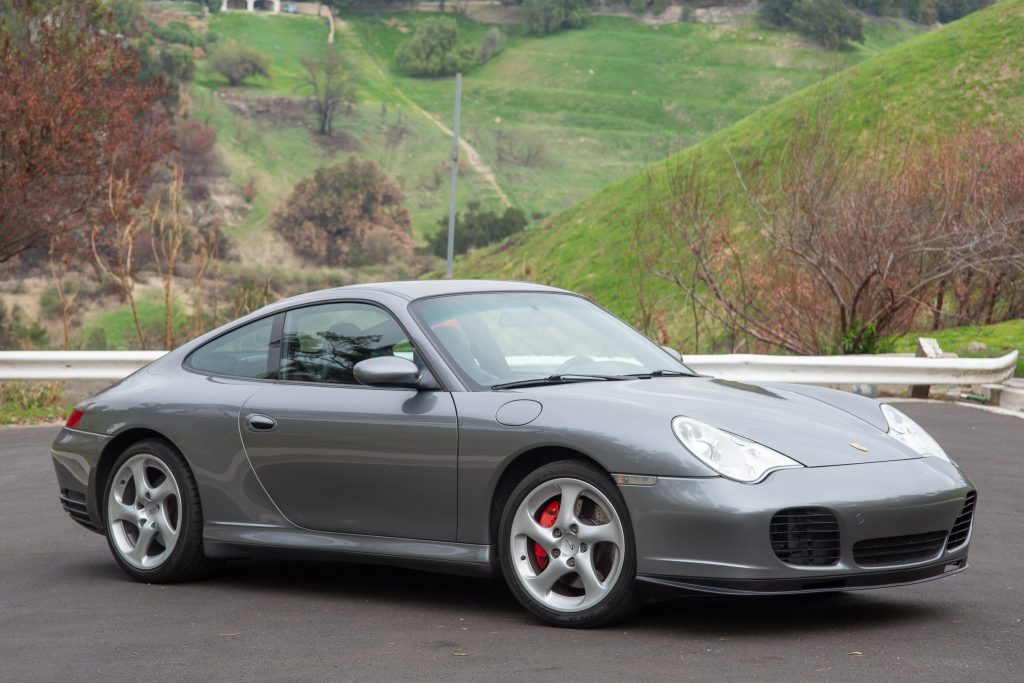

Be prepared to do more research on the model(s) that speaks to you most. The information presented below is meant to be an overview of 996 generation 911s - excluding the GT3 and turbocharged models - and key features that make them unique, not a complete buyer’s guide. We’ll cover the 911 Turbo and GT cars in the second installment on the 996.

Expect prices to start around $15,000 for a rough but drivable early Carrera and go up from there. In this model guide, we’re covering part of the 996 line: 911 Carrera, 911 Carrera 4, 911 Carrera 4S, and 911 Targa. Porsche sold more 996s than any other 911 before it, which means there are plenty to choose from in the used-car market.
#2002 porsche 911 engine upgrade#
It is considered a vast upgrade over the more problematic plastic window used from 1999-01.

Model year 2002 and newer Cabriolet models benefited from a new heated glass window in the folding soft top. At the same time, the front end received a largely welcome update: 911 Turbo headlights and a revised front end, further differentiating Porsche’s rear-engined flagship from the Boxster. The Type M96 flat six eventually grew to 3.6 liters, 320 hp, and 273 lb-ft in 2002 and was shared across all of the Carrera and Targa models.
#2002 porsche 911 engine driver#
Both Road & Track and Car and Driver clocked the new car from a stop to 60 miles per hour in 4.6 seconds. The staccato steering wheel corrections necessary to keep the 993 looking good on the race track give way to a more set-it-and-forget-it approach in the newer car.” Panorama noted the overall result in a comparison of the 996 and 993 (July 1998): “As evolved and nailed-tailed as the older car is, it is no match for the newest 911. Despite the weight loss, the 996 was slightly bigger in nearly every way, most notably in length and wheelbase. The gains weren’t huge on paper - 296 horsepower (+24), 258 lb-ft of torque (+15) - but the engine was also paired with a car lighter by 120 pounds. 1997), and in all other respects it had better performance. In spite of water cooling, the sound of the new 3.4-liter mill “did a pretty good job” of imitating that of an air-cooled six, Porsche Panorama said (Nov. New, streamlined production methods learned from another Japanese auto manufacturer ensured the 996 was a modern volume-produced sports car, with less of the hand-built quality of past 911s. In particular, most of the front end ahead of the doors was the same. Porsche was for the first time exploring extensive parts commonality between model lines, and as a result the 996 shared much with the lower-priced mid-engined Boxster. With the arrival of this 996-generation 911 for the 1999 model year, Porsche no longer made air-cooled engines. They should take a good look at the 1999-05 911.įollowing the path of the 1997 Boxster, the successor to the 993-generation 911 was equipped with a flat six whose temperature was regulated by radiators and coolant.

We maintain that a front-engined, four-cylinder, water-cooled model is the least-expensive way into Porsche ownership, but we know there are those who may only be able to stomach one of those descriptors in their own Porsche.


 0 kommentar(er)
0 kommentar(er)
